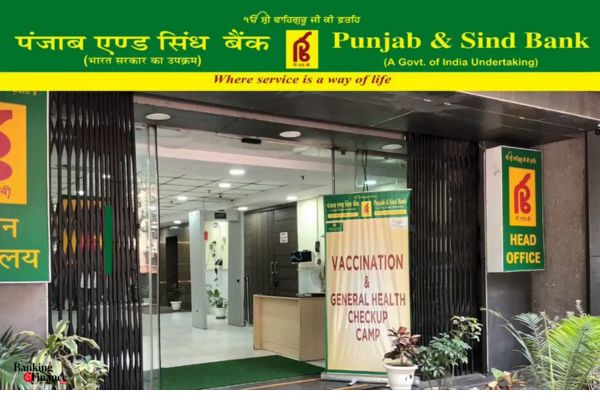Punjab and Sind Bank to launch 100 new branches and ATMs this fiscal year
Punjab and Sind Bank, a state-owned financial institution, has announced an ambitious expansion plan for the current financial year. The bank plans to open 100 new branches and an equal number of ATMs across the country, aiming to broaden its reach and improve accessibility for its customers.
By the end of the 2024-25 fiscal year, the bank’s total number of branches will increase to 1,665, while the number of ATMs will reach 1,135, according to Managing Director Swarup Kumar Saha. “With the addition of 100 branches, we are focusing on areas beyond the northern region,” Saha told PTI. This strategic move is part of the bank’s broader goal to enhance its national footprint.
In addition to physical branch and ATM expansion, Punjab and Sind Bank plans to significantly grow its Banking Correspondent (BC) network. Currently standing at 1,700, the bank aims to more than double this number, reaching 4,000 BCs by the end of the fiscal year. This expansion is intended to increase the bank’s presence in underserved areas and improve financial inclusion.
On the digital front, the bank is committed to enhancing its mobile application, PSB UnIC, and continuously adding new products and services to meet evolving customer expectations. This includes expanding its corporate BC model and forming mutually beneficial partnerships with fintech companies.
Saha emphasized the bank’s focus on maintaining strong, resilient, and sustainable growth. To support this expansion, Punjab & Sind Bank plans to raise Rs 2,000 crore through Qualified Institutional Placement (QIP) in the second half of the fiscal year. The board has already approved this fundraising initiative, and merchant bankers are expected to be on-boarded by August. The QIP will potentially conclude in the second or third quarter, depending on market conditions, and is aimed at improving the Punjab and Sind Bank’s Capital Adequacy Ratio, which stood at 17.10 percent at the end of March 2024.
“We are working on customizing more products and processes to improve customer experience, and our efforts are directed towards maintaining sustainable, risk-calibrated, and profitable growth,” Saha concluded.




